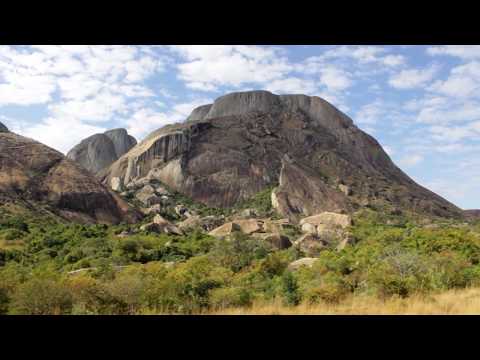
Madagascar, the fourth largest island in the world, located off the southeastern coast of Africa, is a treasure trove of biodiversity and unique culture that stands out on the global map. Known for its lemurs, vibrant ecosystems, and striking landscapes, this island offers a glimpse into nature’s untamed beauty. Here’s your quick guide to understanding what makes Madagascar a must-visit destination.
#### Unique Biodiversity
Madagascar is acclaimed for its remarkable wildlife and pristine environments. Approximately 90% of its flora and fauna are found nowhere else on Earth. The island’s isolation for about 88 million years has led to the development of unique ecosystems and species including over 100 varieties of lemurs, which are perhaps the most iconic symbols of Malagasy wildlife. The biodiversity extends from rainforests to deserts, each supporting incredible life forms including chameleons, geckos, and myriad bird species.
#### Rich Culture
The Malagasy culture is a vibrant fusion influenced by Southeast Asian, African, Arab, Indian, and European ancestries. This diverse heritage is reflected in Madagascar’s traditions, language (Malagasy), and festivities such as the Famadihana (turning of the bones) ceremony. Music also plays a vital role in daily life with traditional styles like Tsapiky and Salegy illustrating local rhythms.
#### Striking Landscapes
From the Avenue of Baobabs—a prominent group of towering baobab trees—to the Tsingy de Bemaraha Strict Nature Reserve’s limestone forests with needle-like spikes known as tsingy formations—Madagascar offers landscapes that are not only diverse but dramatically beautiful. Beach lovers will appreciate idyllic coastal stretches like those around Nosy Be renowned for their clear turquoise waters.
#### Conservation Efforts
Although rich in natural resources, Madagascar faces significant challenges such as deforestation and habitat destruction which threaten its ecological future. Conservation efforts are more critical than ever with local NGOs working alongside international groups trying to preserve what remains of this unique environment while promoting sustainable practices.
#### Travel Tips
Travelers should consider visiting during the dry season from May to October when weather conditions are more favorable for exploring. Keep in mind that infrastructure can be basic outside major cities; therefore planning ahead is crucial. Learning a few phrases in Malagasy or French can also help enrich your interaction with locals who are known for their warmth and hospitality.
#### Conclusion
A minute is scarcely enough to cover all that Madagascar has to offer. However brief this guide may be though it captures the essence of an island that is not just a destination but an experience loaded with natural wonders waiting to be discovered. Whether you’re an ardent ecotourist or someone who appreciates distinct cultures—Madagascar won’t disappoint.
